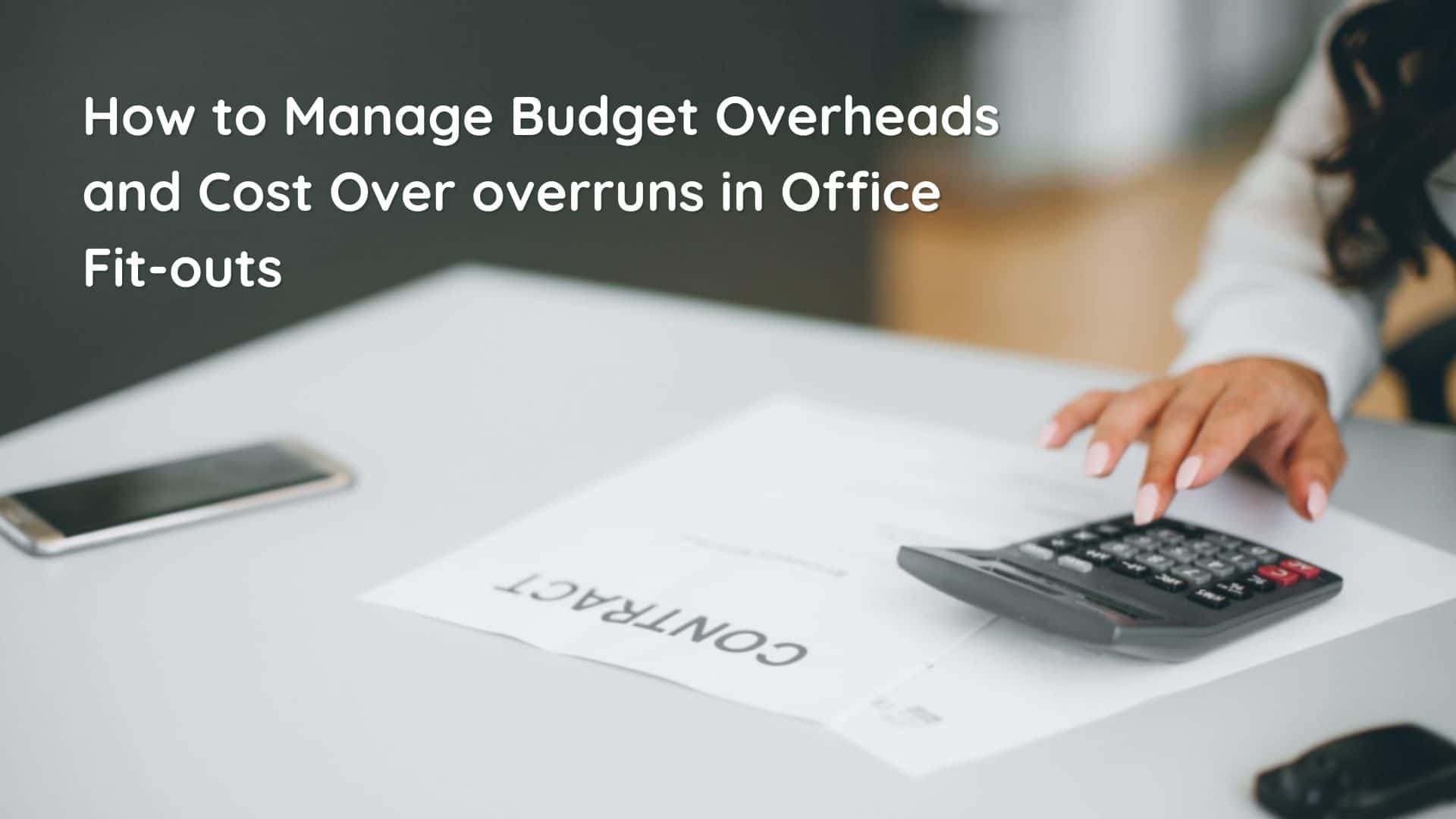Creating an attractive and practical workspace is essential for productivity and staff morale in today’s fast-paced corporate environment. The importance of office interior designers has grown as businesses try to make the most of their working spaces. These professionals convert drab offices into lively ones that represent a company’s culture and ideals. However, budget restrictions and cost overruns can present problems for even the most well-planned office fit-outs. In this post, we’ll examine the typical issues clients run into when remodeling offices and how they may help.
- Unexpected Expenses: The Silent Disruptors

There are frequently unforeseen costs along the way to a well-designed office that might ruin a budget. These unforeseen expenses, which might range from structural repairs to unanticipated technical difficulties, can build up quickly and take clients by surprise. This emphasizes how crucial it is to have a reserve fund set up, particularly for these situations.
Contractors are essential in reducing unforeseen costs. Their knowledge enables them to anticipate probable difficulties and include budget buffers to account for unforeseen costs. They can negotiate better terms and find potential problems before they grow into budget-busting concerns by collaborating closely with contractors and vendors.
- Scope Changes: Balancing Ambition and Reality
Another frequent roadblock that clients face during office fit-outs is scope modifications. Clients may decide to change the original plans as the project develops to account for fresh concepts or practical considerations. Innovation is important, but changing the scope can result in delays and cost overruns.
To properly manage scope changes, collaboration with workplace interior designers is essential. Their knowledge enables clients to blend aspiration with reality. By calculating the impact on the timeframe and budget of new ideas, they can shed light on their viability. Designers and clients can collaborate to evaluate the potential effects of scope modifications before they are implemented by encouraging open communication.
- Quality vs. Cost Trade-Offs: Finding the Sweet Spot
Every workplace fit-out project must overcome the constant struggle between quality and price. Customers rightly want superior design and high-quality materials, but these frequently cost more. On the other side, using less expensive options could degrade the room’s overall design and functionality.
Office interior designers excel in this area. Their knowledge of the best materials and vendor contacts enables them to find high-quality alternatives that fit the client’s budget. Designers can assist clients in reaching the ideal balance between quality and affordability by presenting them with a range of options and outlining the trade-offs.
- Realistic Budget Setting: The Foundation for Success

Setting a reasonable budget at the onset is one of the best methods to stop expense overruns. But clients frequently struggle with this since they don’t comprehend the complexities of an office fit-out process. If you have unrealistic expectations, you can be disappointed as the expenditures start to add up.
Contractors serve as useful resources in this situation. They are quite knowledgeable about the different project cost elements, from design and building to furnishings and finishing touches. Clients might get a better idea of what to expect financially by working with designers early on. Designers can offer information on cost trends, potential dangers, and the best budget allocations for various project components.
Office fit-outs are transformational projects that necessitate careful planning and execution, to sum up. Budgetary restrictions and cost overruns are frequent obstacles, but they are not insurmountable. Clients can proactively address these concerns and create a workspace that is not only aesthetically. Designers provide clients with a thorough awareness of the process’ intricacies, empowering them to make wise choices at every stage.
A strong client-designer connection based on open communication and common objectives is necessary for successful workplace fit-outs. Office interior designers play a crucial role in creating work environments that foster creativity, cooperation, and success while staying within the constraints of a well-managed budget as the corporate landscape continues to change.
